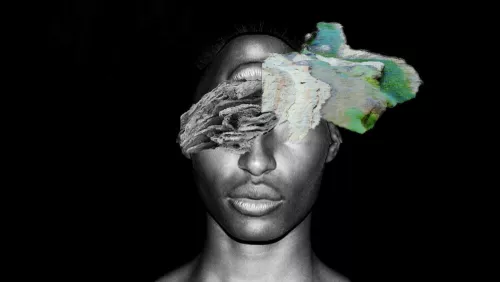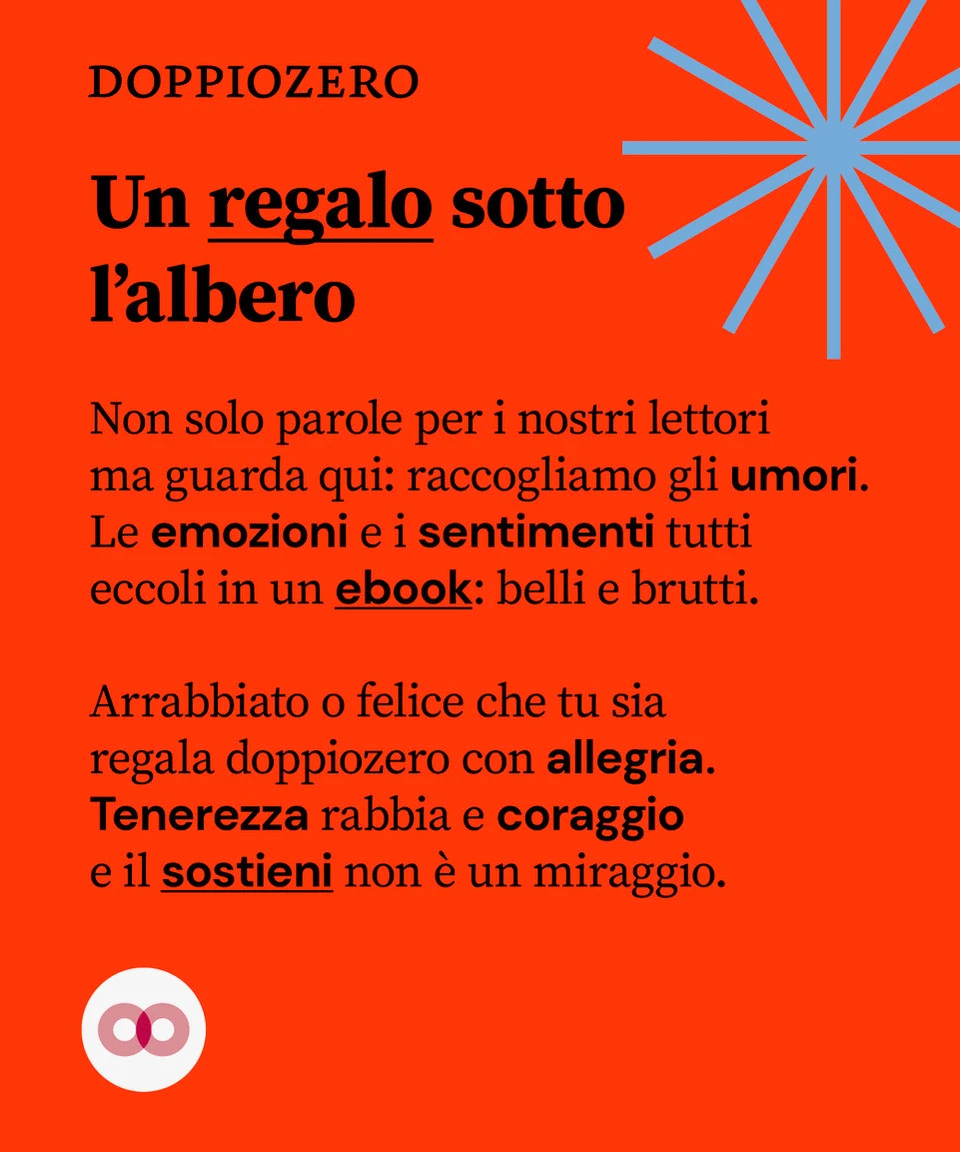Speciale
Tracing Emerging Contemporary Art Practice in Nigeria
We are continuing our collaboration with Another Africa with the third article from their Tracing Emerging Artistic Practice series dedicated to the artistic scene of Nigeria. Enjoy.
lettera27
Exploring the nexus of Nigeria’s local and diasporic artistic production
Often referred to by some as the “Giant of Africa”, Nigeria has long been home to a large population and an expansive, oil-rich economy. It is also a country that has a deep, diverse and rich cultural history. One that includes a modern art scene pioneered by Aina Onabolu, amongst others, and a contemporary art scene that dates back to the early 1950s. Furthermore, surrounded by countries like Senegal, Ghana and Burkina Faso, all of which possess an equally intriguing artistic tradition, Nigeria forms part of a West African region currently brimming with possibilities.
In a 2015 interview with Art South Africa magazine, Bisi Silva, director of the Centre for Contemporary Art in Lagos, Nigeria, says of West Africa that, “there is a vibrancy and a dynamism that exists, which almost borders on a sense of urgency.”
For a country like Nigeria, with such a long, established history of artistic production, this new sense of urgency within the region feels quite apt. Especially, because it seems to come on the back of it’s own international expansion of artistic discourse. In our interview with Marc-Andre Schmachtel, director of the Goethe-Institut, Lagos, he tells us that, “over the last 10 years the artistic discourse has opened up very much internationally, with more and more artists forming part of the world-wide networks of art exchanges, residencies and international workshops.” A trend that is reflected in both the work and background of artists like Nkechi Ebubedike, Wura-Natasha Ogunji and Amarachi Okafor.
But, perhaps what is most encouraging about this situation, is the way in which this expansion, and the subsequent dynamism and urgency, has developed independently and seemingly devoid of governmental support. Silva says of the situation, “it belies the infrastructural challenges that we experience daily and the lack of governmental support that seems to have a quixotic view of art and culture out of sync with 21st century realities.” Sentiments of which are further reinforced by Schmachtel, “there is still a lot to be done from the public side. Especially in the visual art sector where there is no proper art funding like sponsorship for residencies, funding of studio spaces, support for art exhibitions, festivals, archives, museums, etc.”
For a country currently ranked as the richest in Africa-in GDP terms-according to a 2015 International Monetary Fund report, this seeming lack of cohesion between private and public funding feels out of place. But, with the population currently standing at almost 180M people (ranking 7th in the world), and continuing to expand exponentially, federal attention is directed elsewhere. Therefore, in the meantime, Nigeria will have to count on the continued impact of organisations like the Center of Contemporary Art, Goethe Institut, Omenka Gallery and festivals such as Lagos Photo and the Afriperforma Biennale. However, inevitably these organisations will soon require more support because, as Silva says, the real challenge facing the arts in Nigeria remains, “to develop possibilities here[Nigeria], as the dependence on the North is suffocating.”
Nevertheless, in spite of this challenge, Schmachtel reminds us, “there are still so many more young talented people who are yet to be discovered.” So with this in mind, we profile three emerging Nigerian artists-whether operating locally or in the diaspora- whose background and practice reflect the urgency Silva mentions and the country’s ever-expanding, internationally engaged discourse.
Contributions to an ever-developing discourse
What stands out within each of Temitayo Ogunbiyi, Nkiru Oparah and Nengi Omuku’s practice is a hybrid combination of distance, dislocation and diaspora. However, this is precisely what makes each one of their practices so intensely intriguing. Stemming from their cosmopolitan upbringing and their acute embrace of their Nigerian heritage, they each explore themes that are firmly rooted in the 21st century digital world. Ogunbiyi deals with channels of communication, Oparah introduces societal/cultural history into digital art and Omuku ardently reflects this complex personal journey in colourful abstract self portraits. Each of which reflect a maturity that speaks to the idea of cultural exchange not as an exile but rather as a critical paradigm necessary to understanding emerging Nigerian practice today.
Temitayo Ogunbiyi: Exploring channels of communication in differing forms of space
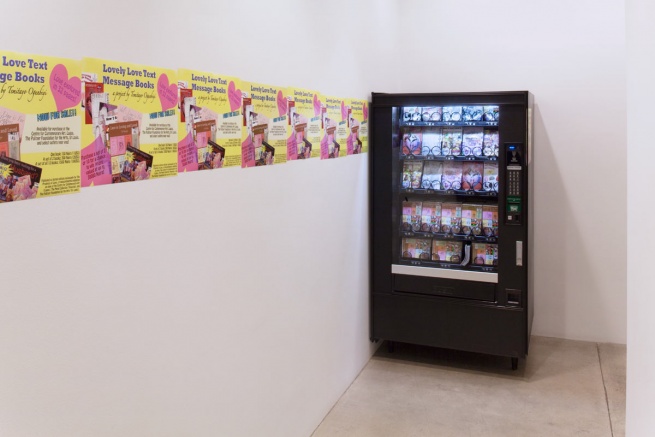
Temitayo Ogunbiyi, Lovely Love Text Message Books, 2013, Photograph by Sam Fenstress
Ogunbiyi operates a multi-dimensional practice that often manifests itself through site-specific mixed media works. Her practice employs drawing, fabric work and collage in order to reflect upon her interest in, “in contemporary channels of communication, and how such interactions take place in public or virtual space.” Hence, “interactions with particular communities,” allow her to reference, “human habits, forms of growth and repeated gesture,” and her active participation in the exhibition installation is reflective of these performances.
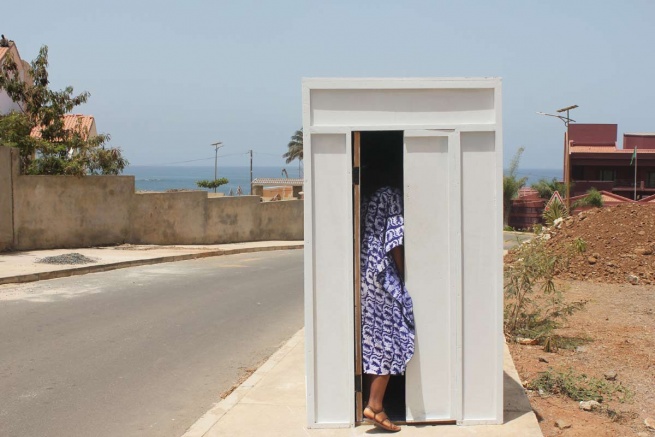
Temitayo Ogunbiyi, Elevator (Abeokuta to Dakar), 2014
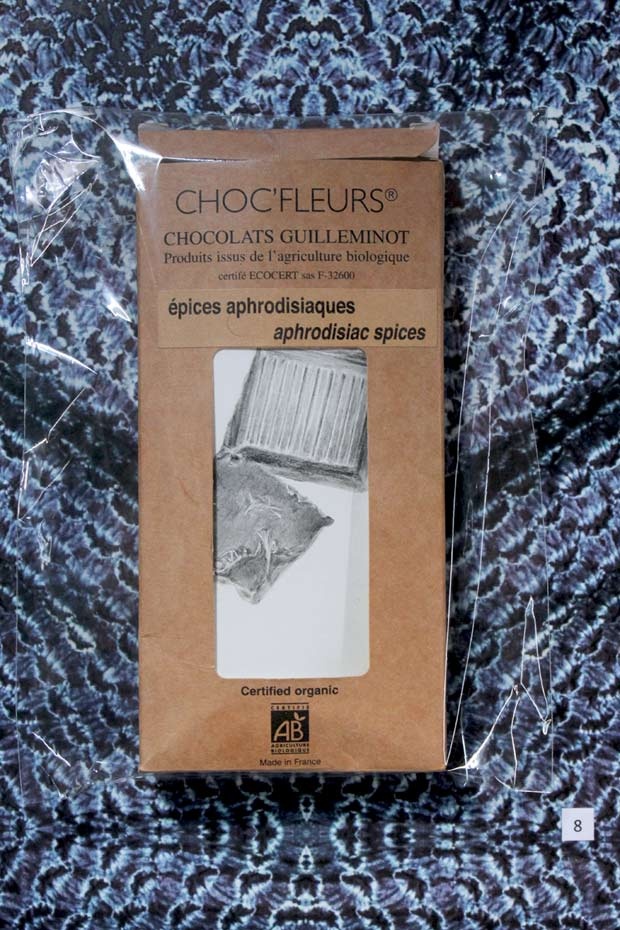
Temitayo Ogunbiyi, Elevator (Abeokuta to Dakar) detail, 2014
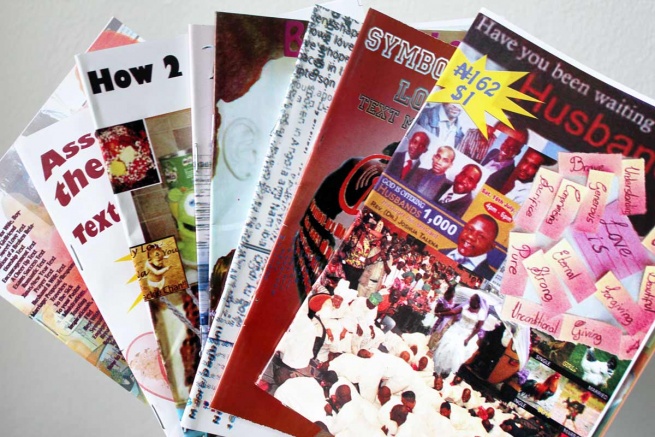
Temitayo Ogunbiyi, Lovely Love Text Message Books,2013
Her 2012 exhibition titled Am I a thief? curated by Anastasia Stein at the Freies Museum Berlin, Germany, explored the way in which we are able to access information/ideas through the Internet. In an interview on the exhibition Ogunbiyi pertinently asks of our interaction, “do we steal from each other or do we collaborate?” The accompanying responsibility and how this process informs the way in which we as humans interact and subsequently evolve, harkens back to her interest in human habits and forms of growth. Two topics of which feel extremely appropriate considering her own background and personal circumstances. Here she makes use of objects like her parents clothing, her grandmother’s cupboards and her uncle’s floor boards to comment on our concepts of relationships and reflect upon her upbringing in Rochester, New York by Nigerian and Jamaican parents.
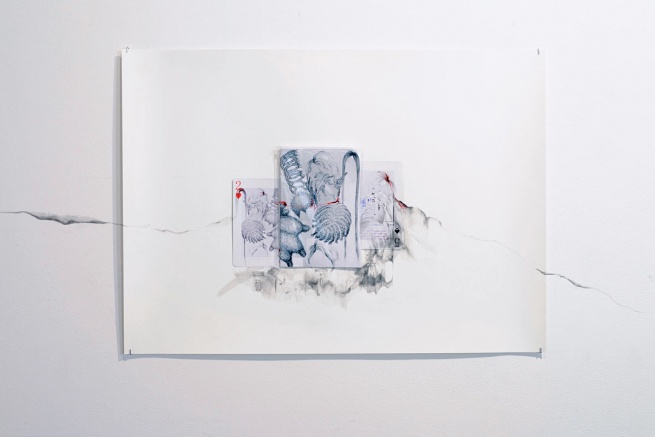
Temitayo Ogunbiyi, Untitled, 2013
Now living and working between Lagos, Nigeria and Yallahs, Jamaica, Ogunbiyi holds degrees from Columbia and Princeton universities in the USA and noteable exhibitions include Six Draughtsmen, Museum of Contemporary Diasporan Art Lagos, Nigeria (2013); The Progress of Love, The Pulitzer Art Foundation, St. Louis, USA; Center for Contemporary Art Lagos Keunstlerhaus, Bethanien,Berlin(2012); All We Ever Wanted, Centre for Contemporary Art, Lagos (2011) and New “Paintings,” Boardroom, S&S Hotels and Suites, Lagos (2011).
Nkiru Oparah: On an evolving African identity and the internet’s incompleteness
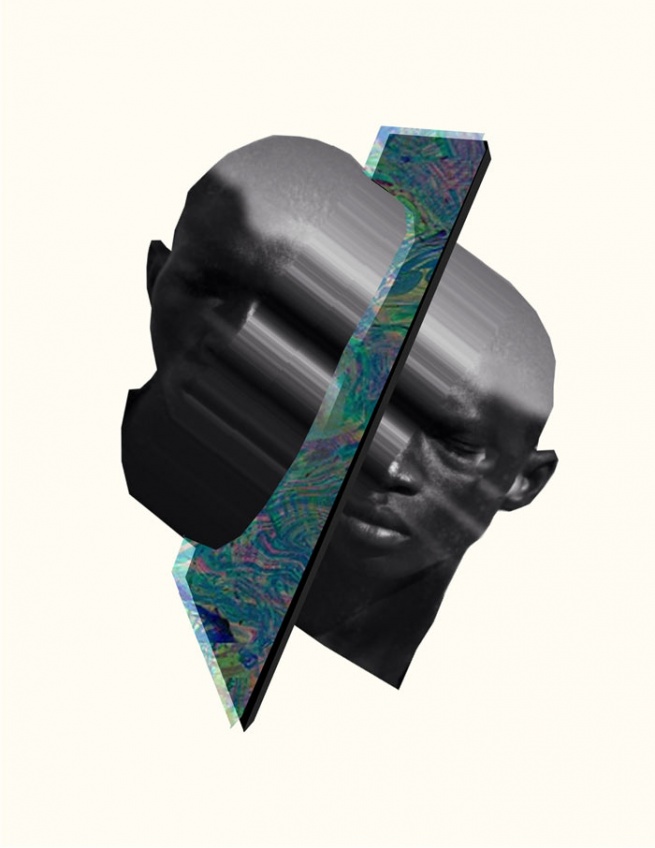
Nkiru Oparah, study n°091814 on recognizing numbness of the chest
In an interview with the fashion-photography magazine Tabularasa, Oparah describes her artistic journey as, “a reflection of the successes and failures of my life goal – oneness with God.” Being that she is a 1st generation Nigerian, born in California and raised in Atlanta, her cultural background and diasporic upbringing arguably feels quite similar to that of Nkechi Ebubedike. Along with the likes of Ebubedike, Oparah forms part of an increasingly important group of young artists working outside of Nigeria but connected to it through familial heritage.
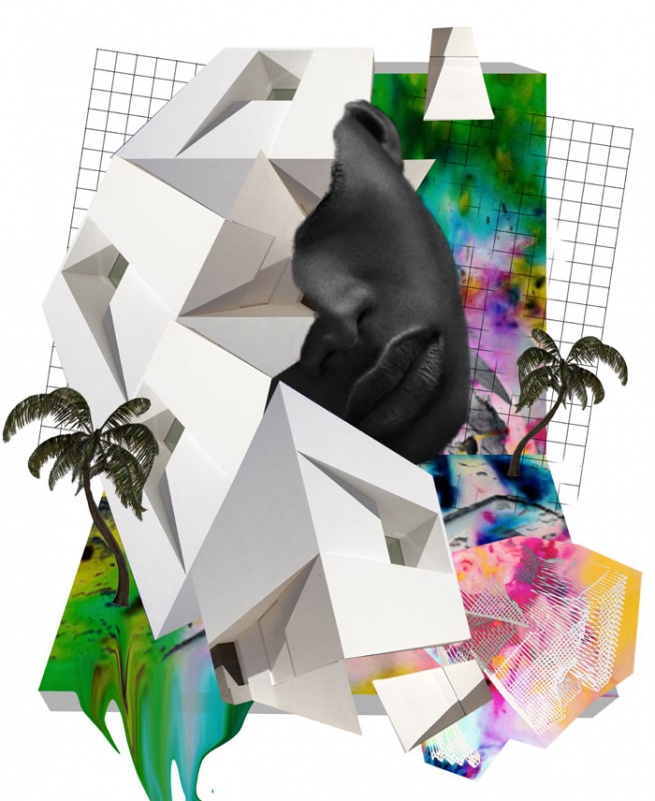
Nkiru Oparah, artwork + experimentation featured in IGNITE magazine issue 1
Utilising a combination of photography, digital media and graphic design, Oparah’s work takes the process of collage and the subsequent transformation of the image as a departure point and “brings an element of sincerity and societal/cultural history too often absent from digital art.” Here, as with Ogunbiyi, the Internet constitutes an important resource area for her practice. Apart from using the platform to access a variety of media and images, Oparah tells the African Digital Art that, “it’s the flux of the internet – its incompleteness – in combination with an evolving African identity that opened up this graphic way of image making for me.”
Nkiru Oparah, study n°082914/090114
In addition to the African Digital Art , Oparah’s work has been highlighted by Contemporary And, Okayafrica, Rookie Magazine and has been featured on the Guardian Africa Network. Oparah holds a B.A in psychology from the University of Georgia and a Post-baccalaureate in Fashion Marketing from Parsons, The New School of Design.
Nengi Omuku: The abstract self portrait as metaphysical journey
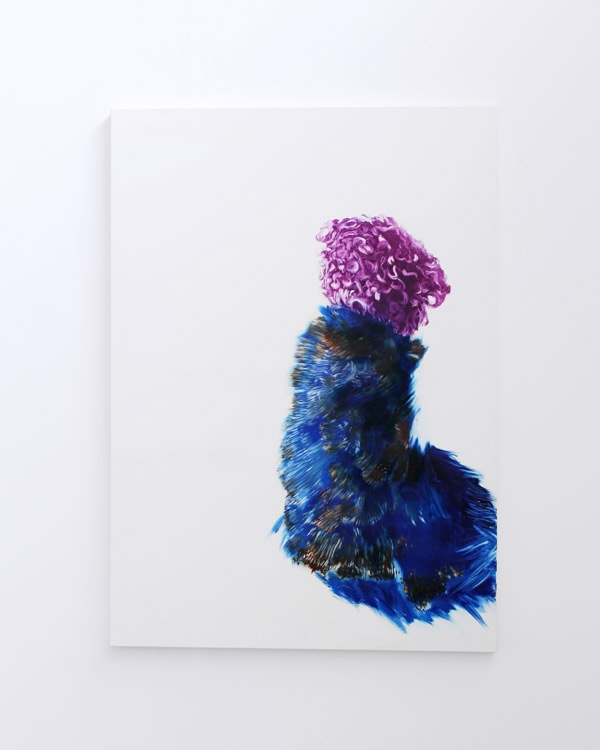
Nengi Omuku, Blue Corkscrew, 2012
Born in 1987 Nengi Omuku lives and works in Nigeria. She holds both a BA and an MA from the Slade School of Art in London and is represented by Omenka Gallery. Her practice, of which painting is central, probes-in a general sense- a wide range of issues including race, understanding and mutual belonging.
According to Omenka Gallery, “she explores the supposition that the human figure can be transformed based on the premise that things could not only look, but also be otherwise.” This conscious decision to explore the human figure in all its guises has seen her return repeatedly to this idea of the abstract self-portrait, one that documents, “her strongly personal journey or escape across several energy levels as various expressions.” These abstractions take on a life of their own. Exploding into the canvas they modulate into anthropomorphic forms radiating vibrant colours, reminiscent of a metaphysical or spiritual journey. This release of the physical form has, “led her into a new territory, a moment-by-moment expression of beings that have been transformed from their present reality, reanimated through color and mark.”
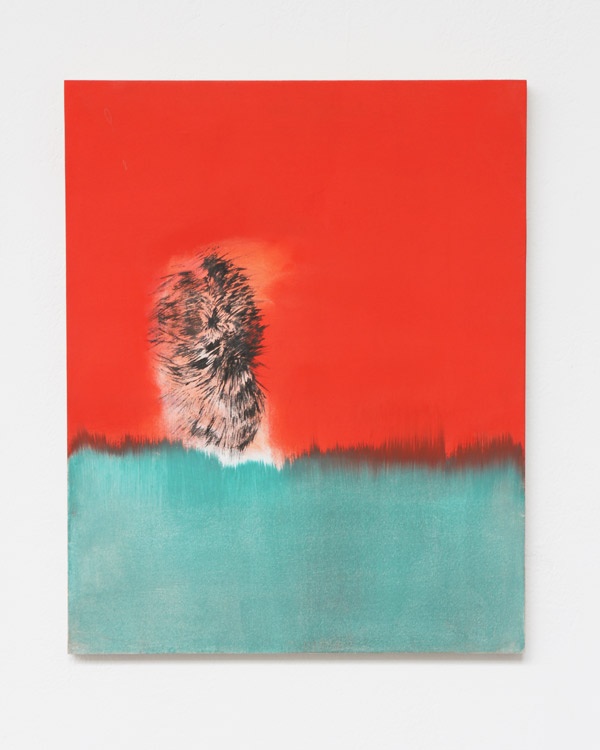
Nengi Omuku, Oh Gingy, 2012
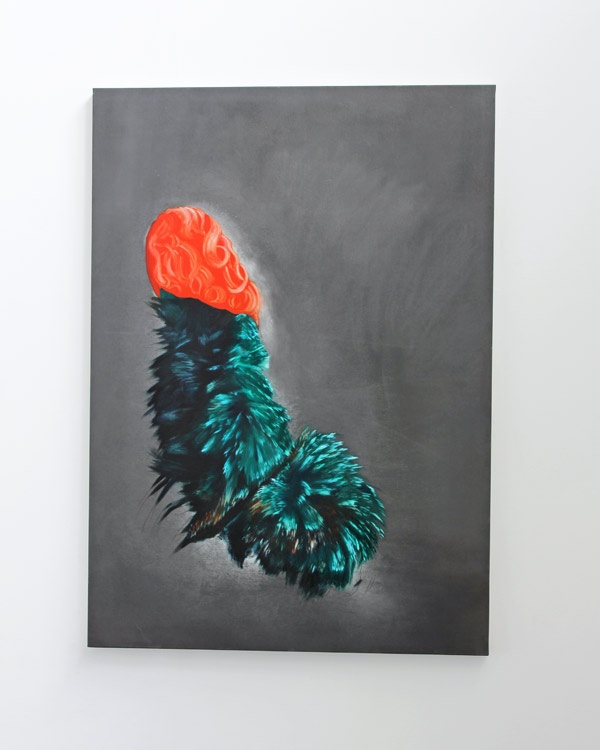
Nengi Omuku, Botticelli, 2012
Apart from her education, Omuku is also a recipient of the 2011 Nancy Balfour Art Scholarship at University College of London, in addition to the 2011 RSSDA MA Scholarship which was awarded by the Government of Nigeria. Notable exhibitions include A State Of Mind, Omenka Gallery Nigeria (2015), To Figure an Encounter, solo exhibition at Open the Gate, London and Deep Cuts, Last Measures at the Stephen Lawrence Gallery in London, both 2011.
With the support of 
This article was published in Another Africa
